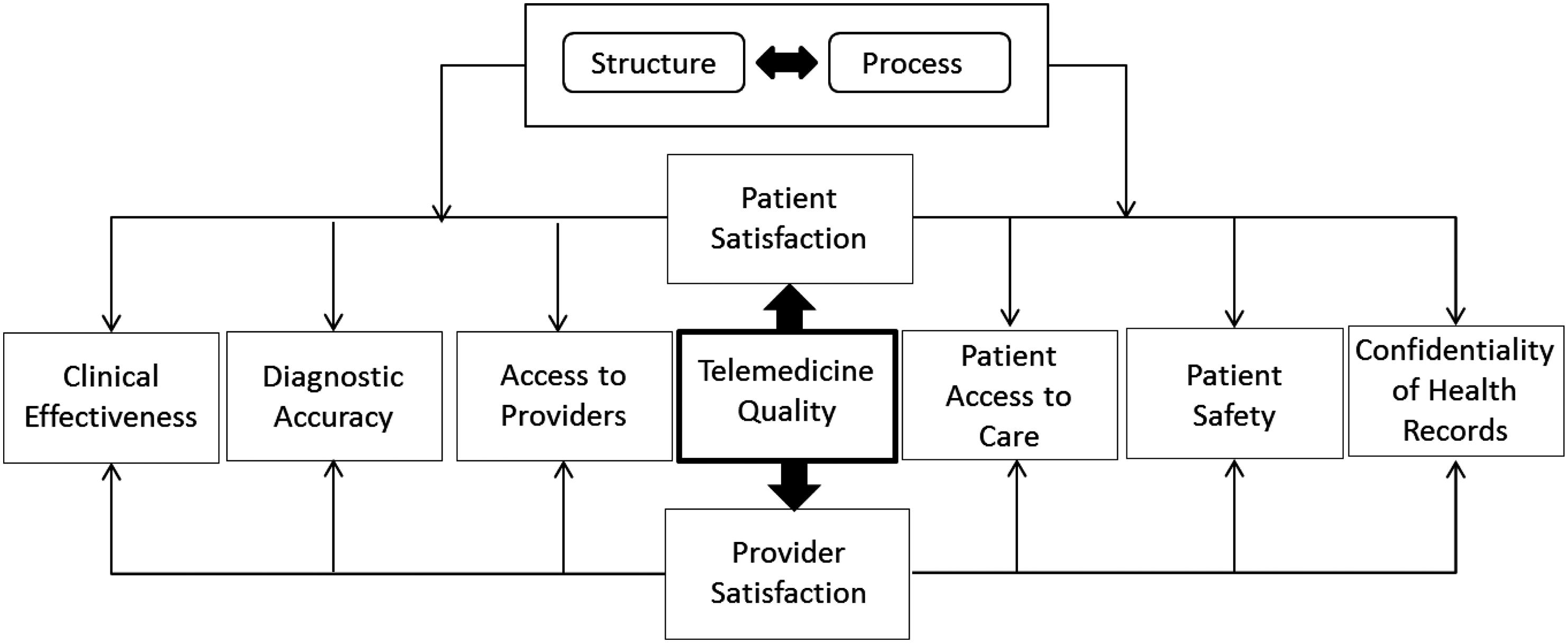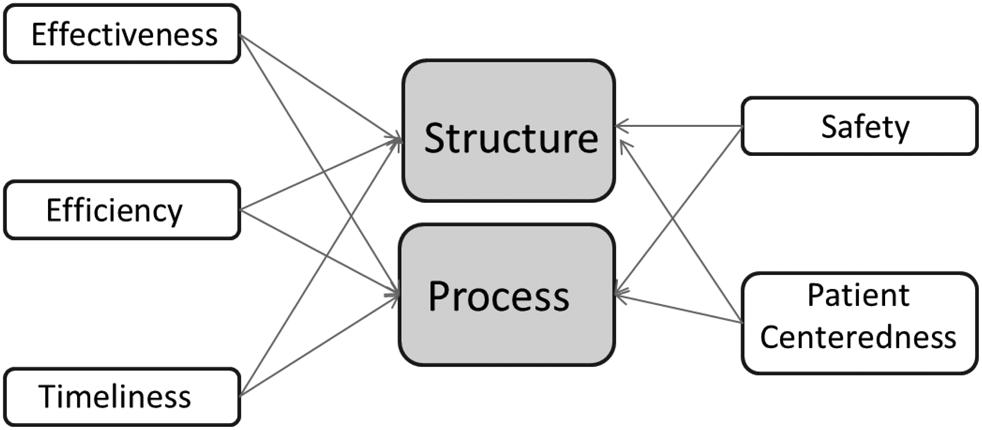
9 minute read
Index
A
AAOS, see American Academy of Orthopaedic Surgeons (AAOS) ACP, see American College of Physicians (ACP) Acute care appointment, 6 Advance practice nurses (APNs), 19 Adverse events, 140 Affordable Care Act, 9 Aging population in United States, 3–4 AI, see Artificial intelligence (AI) AMA, see American Medical Association (AMA) American Academy of Orthopaedic Surgeons (AAOS), 36 American College of Physicians (ACP), 5 American Medical Association (AMA), 5 American Nursing Association (ANA), 19 AMI, see Any mental illness (AMI) ANA, see American Nursing Association (ANA) Analytics, defined, 87 Any mental illness (AMI), 11 APNs, see Advance practice nurses (APNs) Artificial intelligence (AI), 13–14, 16 Assessment phase, 174 ATD, see Attention to detail (ATD) Attention to detail (ATD), 39 core value principles of, 83–85 culture of, 80–81 distraction, 81–83 power of, 79–80 principle, 44 Attentiveness, 76–79 Attribute data, 96–97 chart categories, 146 for non-conforming items, 146 for non-conformities, 146–147 control charts for, 143–146 Availability of information, 39–40
Advertisement
B
Baby Boomers, 3 Behavioral healthcare, 10–12 Beryl Institute, defines, 51–52 Black belt, 145 Brainstorming assessment phase, 174 clarification phase, 173 creativity phase, 173 Burnout prevention, 65–66
C
CAMHS, see Child and Adolescent Mental Health Services (CAMHS) Care coordination, 37–39 principle, 46 C-chart example, 154–156 CDC, see Centers for Disease Control and Prevention (CDC) CDSS, see Clinical decision support system (CDSS) Centers for Disease Control and Prevention (CDC), 8
Centers for Medicare & Medicaid Services (CMS), 1 Champion, 145 Chatbots, 16 Chief complaint, 35–36 principle, 43 Child and Adolescent Mental Health Services (CAMHS), 213–214 Childhood immunizations, timely delivery of, 32 Clarification phase, 173 Cleveland Clinic study, 58 Clinical decision support system (CDSS), 114 Clinical excellence, 52 Clinical outcomes, 41–42 CMS, see Centers for Medicare & Medicaid Services (CMS) Communication principle, 45 Compassion, 36–37 Computer-aided nutrition/mixing, 114 Computerized physician order entry (CPOE), 114 Conducting focus groups, 91–93 Confidentiality, 30–31 principle, 44, 46 Connect interdependent technologies, 195–196 Continuous data, 97 Correlation coefficient (r), 181–182 CoxHealth, 5 CPOE, see Computerized physician order entry (CPOE) Creativity phase, 173 Cybersecurity, 12
D
Daily life, 17 Data collection, 88 methods, 89–90 reliance on solid, 196 security, 12 stratifying, 94–95 types of attribute or discrete data, 96–97 variable or continuous data, 97 variations, 95–96 Define, measure, analyze, improve, and control (DMAIC) model, 141 Deming cycle, 121 Deming, Edwards, 139 Digital health apps, 191–192 Digital transformation, 19 digital health applications, 191–193 employees, impact on, 193–194 leadership, role of, 194–195 refers, 190–191 strategy, 195–196 Dignity principle, 44 Discrete data, 96–97 Disney attacks, 72–73 Distal touch, 21 Distraction, culture of, 81–83 DMAIC model, see Define, measure, analyze, improve, and control (DMAIC) model Documents, 94 Donabedian, Avedis, 201 Drug interactions, 114
E
ED, see Emergency Department (ED); Emergency department (ED) Effectiveness, 210 EHRs, see Electronic health records (EHRs) Electronic health records (EHRs), 5, 106, 190 Electronic medical records (EMRs) system, 13–16 Electronic protected health information (ePHI), 200 Emergency Department (ED), 61 Emergency department (ED), 5 Empathy, 20–21, 84–85 defined, 36 principle, 44 Employee engagement/satisfaction, 64–65 EMRs system, see Electronic medical records (EMRs) system ePHI, see Electronic protected health information (ePHI) Equitability, 216–217 “Error-proofing,” 113 Experiments, 94
F
Fee-for-service (FFS) model, 17 FFS model, see Fee-for-service (FFS) model Field notes, 91 FIFO approach, see First-In First-Out (FIFO) approach First-In First-Out (FIFO) approach, 131 Fishbone diagram, 178–182 Five S method, 119–121 benefits of, 125 planning for, 121–122 steps for implementing, 122–124 Flow charts, 175–176 Focus group session, 91–93
G
“Gemba Walk,” 57 Gold standard, 76–79 Green belts, 145
H
Hassle factor, 34–35, 56 principle, 43 Haunted Mansion, 73 HCAHPS, see Hospital Consumer Assessment of Healthcare Providers and Systems (HCAHPS) Health Affairs, 10, 64–65 Healthcare businesses, 193 Healthcare industry aging population in United States, 3–4 behavioral, 10–12 cost and sustainability, 1–3 data and insights, 16–17 data security, 12 empathy and compassion, 19–22 population health management, 7–8 preventive care, 17–19 price transparency, 8–10 retail healthcare, 4–6 technology and electronic medical records system, 13–16 telemedicine and virtual healthcare, 6–7 transition from volume-based, 22–23 Healthcare leaders’ role, 84 Healthcare provider organizations, 14 Health Information Technology for Economic and Clinical Health (HITECH), 13 Health Insurance Portability and Accountability Act (HIPAA), 6, 200 Health plans, 66 Hemoglobin testing, 114–115 HIPAA, see Health Insurance Portability and Accountability Act (HIPAA) Hire right staff, 64 Hispanic population, 4 HITECH, see Health Information Technology for Economic and Clinical Health (HITECH) Home telemedicine unit (HTU), 211 Hospital billing error information, 149 Hospital Consumer Assessment of Healthcare Providers and Systems (HCAHPS), 66 surveys, 54–57 tactics and strategies for, 57–66 Hourly rounding, 59–61 HTU, see Home telemedicine unit (HTU)
I
IDEATel project, see Informatics for Diabetes and Education Telemedicine (IDEATel) project Imai, Masaaki, 115 “Inadvertent error prevention.”, 113 Infant abduction prevention, 113 Informatics for Diabetes and Education Telemedicine (IDEATel) project, 211 Information principle, 45 Inherent variation, 96 Institute of Medicine (IOM) model, 31, 205–206 Institutional Review Board (IRB), 128 Insurance Checker, 14 Insurance verification, 14 Integrated Services Digital Network (ISDN), 203 Interviews, 92–93 IOM model, see Institute of Medicine (IOM) model IRB, see Institutional Review Board (IRB)
ISDN, see Integrated Services Digital Network (ISDN) Ishikawa diagram, 178–182
J
JAMA, see Journal of the American Medical Association (JAMA) Jidoka, 106 The Joint Commission (TJC), 62 Journal of General Internal Medicine, 36 Journal of the American Medical Association (JAMA), 41 Judging process stability, 162 Juran, J. M., 177
K
Kaizen, 115–116 events, 116–119 Kanban, 130–132 in hospitals and clinics, benefits of, 134 Knowledge management, 15
L
Lack of timeliness, 32 Leadership role of, 194–195 rounding, 57–59 Lean management system five S method, 119–121 benefits of, 125 planning for, 121–122 steps for implementing, 122–124
Kaizen, 115–116 events, 116–119
Kanban, 130–132 in hospitals and clinics, benefits of, 134 poka-yoke, 113–115 process, 104–107, 111–112, 135–136 single-minute exchange of dies, 125–127 healthcare applications, 127–129 standardized and standard work, 134–135 benefits of, 136 tools and their applications, 107 two-bin Kanban system, 132–134
value stream mapping, 107–109 waste, defined, 110–111 Lean Six Sigma, 141 Long-term disability, 32 Lorenz, M.C., 177
M
Mammograms, 9 Master black belt, 145 Medical condition, defined, 29 Medical professionals, 192 Medical research, 17 Medicare Advantage plans, 41 Mental Health America (MHA), 11 MHA, see Mental Health America (MHA) “Mistake-proofing,” 113 Mobile health, 191 Moderator, role of, 92 Multi-voting, 174
N
National Conference of State Legislators (NCSL), 9 Natural language processing, 15 NCSL, see National Conference of State Legislators (NCSL) Negligent adverse events, 140 New England Journal of Medicine, 40 Non-value-added activities, 111 NP-chart example, 150–152
O
OACT, see Office of the Actuary (OACT) Observation, 90–91 OECD, see Organisation for Economic Co-operation and Development (OECD) Office of the Actuary (OACT), 1 Ohno, Taiichi, 130 On-demand healthcare services, 5 Ongoing care, 17 Organisation for Economic Co-operation and Development (OECD), 3 Osborn, Alex F., 171
P
Pareto analysis, 177–178 Pareto, Vilfreo, 177 Participant observation, 90–91 Patient centeredness, defined, 18 experience, 17 identification/safety, 113–114 medical condition, defined, 29 privacy issues, 12 safety, 32–33 principle, 43–44 stories, 64 whiteboards, 62–63 Patient-centeredness process, 213 structure, 212–213 P-chart example, 147 procedure for constructing, 147–150 PCPs, see Primary care providers (PCPs) PDSA cycle, see Plan-Do-Study-Act (PDSA) cycle Personally identifiable information (PII), 200 Peters, Tom, 57 PHI, see Protected health information (PHI) Physician-patient communication, 212 PII, see Personally identifiable information (PII) Plan-Do-Study-Act (PDSA) cycle, 168–169 Poisson distribution, 146 Poka-yoke, 113–115 Population health management, 7–8 Post-discharge follow-up, 37 calls, 62 principle, 44 Precision hemoglobin testing, 114–115 Preventive care, 17–19 services, 8 Price transparency, 8–10 principle, 44 Price Waterhouse Coopers (PWC), 10 Primary care providers (PCPs), 5 Primary care services, 8 Privacy, 30–31 principle, 46 Prospectively collected data, 90 Protected health information (PHI), 200 Purposeful (hourly) rounding, 59–61 PWC, see Price Waterhouse Coopers (PWC)
Q
Quality variables, in telemedicine, 218
R
Radio-frequency identification (RFID), 88, 133 R-chart, procedure for constructing, 162–166 RDNs, see Registered dietitian nutritionists (RDNs) Records, 94 Registered dietitian nutritionists (RDNs), 18 Registered nurses (RNs), 19 Reliance on solid data, 196 Remote Patient Education in a Telemedicine Environment (REPETE), 211 REPETE, see Remote Patient Education in a Telemedicine Environment (REPETE) Respect principle, 44 Retail healthcare, 4–6 Retrospective data, 89–90 RFID, see Radio-frequency identification (RFID) RNs, see Registered nurses (RNs) Robotically mediated telesurgery, 216 Robotic process automation (RPA), 193 Roehrig, Charles, 10 RPA, see Robotic process automation (RPA)
S
SATCOM, see Satellite communication (SATCOM) Satellite communication (SATCOM), 215 Scatter diagram, 179–181 Security, 30–31 principle, 46 Seiketsu, 120 Seiri, 120 Seiso, 120
Seiton, 120 Semi-structured interviews, 93 Senior leadership education, 195 Sensitivity, 36–37 principle, 44 Sentiment analysis, 15 Service excellence, 52 SHC, see Stanford Health Care (SHC) Shingo, Shigeo, 125 Shitsuke, 120 “Siloed” care model, 22 Single-minute exchange of dies (SMED), 125–127 healthcare applications, 127–129 Six sigma attribute data chart categories, 146 for non-conforming items, 146 for non-conformities, 146–147 brainstorming assessment phase, 174 clarification phase, 173 creativity phase, 173 cause and effect diagrams, 178–182
C-chart example, 154–156 concepts of, 142 control charts, 143 for attribute data, 143–146 control charts for variable data, 160–162 defects, 142–143 flow charts, 175–176 judging process stability, 162 multi-voting, 174
NP-chart example, 150–152 pareto analysis, 177–178
P-chart example, 147 procedure for constructing, 147–150 process improvement tools, 168–170
R-chart procedure for constructing, 162–166 stable process, 160 tools for gathering and analyzing data, 175 tools for managing ideas, 170–171
U-chart example, 156–159 unstable process, 159–160 variable data, control charts for, 160–162
X-bar chart procedure for constructing, 167
X – R-chart, 162
X – S-chart, 167–168 SMED, see Single-minute exchange of dies (SMED) Social determinants of health, 20 Social Security Numbers (SSNs), 200 SSNs, see Social Security Numbers (SSNs) Stable process, 160 Staff training, 63–64 Standalone walk-in clinics, 4 Standardized/standard work, 134–135 benefits of, 136 Stanford Health Care (SHC), 59 Starbucks, 73 Stirtz, Kevin, 73 Store-and-forward telemedicine, 213 Storefront clinics, 4 Stratifying data, 94–95 STRokE DOC, see Stroke Team Remote Evaluation using a Digital Observation Camera (STRokE DOC) Stroke patients’ mortality, 32 Stroke Team Remote Evaluation using a Digital Observation Camera (STRokE DOC), 211 Supplemental telemedicine services, 4 Surveys, 93–94
T
Team problem-solving process, 171 Telehealth, 191 Telemedicine process of care measures efficiency and process, 215–217 implications for outcomes, 217–219
Institute of Medicine (IOM) model, 205–206 quality measurement in, 206–215 structure-related measures of quality, 204 Telemedicine healthcare, 6–7 Timeliness, 31–32 principle, 46
and process, 214 and structure, 213–214 Timely antibiotic treatments, 32 Timely delivery of childhood immunizations, 32 TJC, see The Joint Commission (TJC) To Err Is Human: Building a Safer Health System, 32 Total parenteral nutrition (TPN), 114 Toyoda, Sakichi, 129 Toyota Production System, 102, 120 TPN, see Total parenteral nutrition (TPN) True cost principle, 45–46 Trust principle, 45 Two-bin Kanban system, 132–134 Type I muda, 111 Type II muda, 111
U
U-chart example, 156–159 Unstable process, 159–160 Urgent care clinics, 4
V
Value-based healthcare, 19 Value-based reimbursement (VBR) model, 22–24 Value proposition, 42–43 Value stream mapping (VSM), 107–109 Variable data, 97 control charts for, 160–162 Variation, 96 VBR model, see Value-based reimbursement (VBR) model Videotaping, 128 Virginia Mason Institute, 131 Virtual healthcare, 6–7 Visual cues, 21 VSM, see Value stream mapping (VSM)
W
Wall Street Journal Online, 57 Waste, defined, 110–111 Whiteboard templates, 63 “Whole person” care for, 33–34 principle, 44–45 Wireless health, 191 Womack, Jim, 103
X
X-bar chart, procedure for constructing, 167 X – R-chart, 162 X – S-chart, 167–168
Z
Zocdoc app, 14




